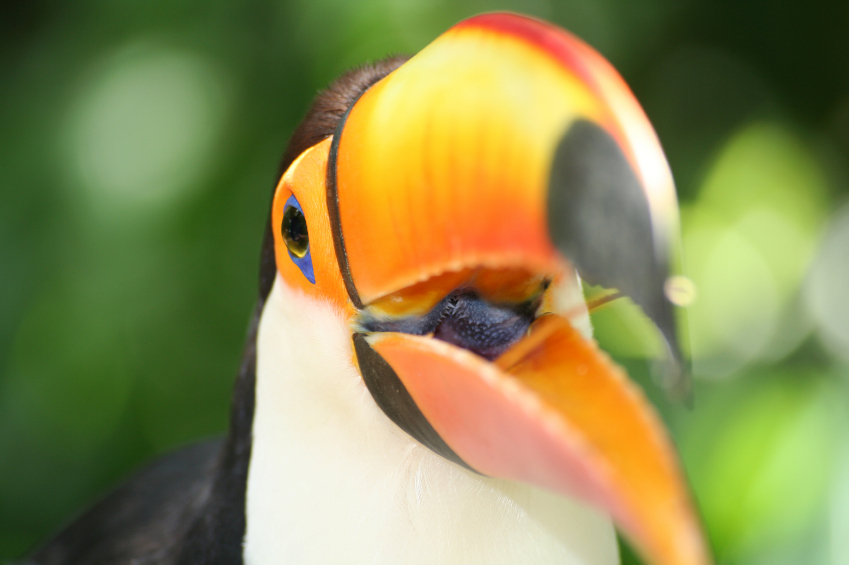 A Fowl got here down the Stroll –
A Fowl got here down the Stroll –
He didn’t know I noticed –
He bit an Angle Worm in halves
And ate the man, uncooked.
– From Emily Dickinson’s, “A Fowl Got here Down the Stroll”
It has been mentioned that people are probably the most adaptable species on Earth. We are able to stay in all climates, eat almost something, and use expertise to assist us do each. Due to this fact, it may be tough for youthful learners to acknowledge that the majority crops and animals additionally adapt, albeit extra slowly. Whereas this hen beak investigation is a traditional and seems in lots of kinds, its worth might be raised by turning it into an inquiry-based lesson. All it wants is a number of variations of its personal.
Supplies
The supplies listing is a bit prolonged, however might be pared down for youthful learners. Every group of investigators will want the next:
- Pliers
- Eyedropper
- Staple remover
- Tweezers
- Slotted spoon (or draining pasta scoop)
- Pliers
- Eyedropper, a staple remover, tweezers, and a slotted spoon or draining pasta scoop,
You (the instructor) may also want:
- Photos of a number of widespread birds
- One pan of potting soil
- Stopwatch
- Information recording tables
- Peanuts within the shell (seed eaters)
- 5 massive marshmallows on a skewer (raptors)
- Cooked spaghetti noodles (worm and bug eaters)
- Plant materials and goldfish crackers (geese)
- A bathtub stuffed with water, and a take a look at tube of water (hummingbirds)
As a result of the take a look at tube represents a flower and nectar, I tape a colourful collar across the opening of the tube; fabricated from wrapping paper or card inventory.
Preparation:
Make 5 stations with one meals supply every. Bury the spaghetti noodles within the soil. Then put the plant materials and some crackers within the tub of water. The goldfish crackers will get soggy and have to be changed sometimes.
The Inquiry Technique:
- Commentary: Ask youngsters to review the photographs of the birds and write down at the very least three phrases to explain every hen’s beak.
- Asking Questions: Encourage the category to pose questions on what they’ve noticed. “Why do birds have totally different beaks?” “How did they get totally different formed beaks?” Finally, the main target query needs to be, “How does the form of a hen’s beak decide its eating regimen?”
- Making Predictions: Divide your class into 5 teams. Earlier than starting the investigation, every group ought to write down a prediction concerning the focus query.
Process
Every group chooses a station and every pupil selects one of many 5 instruments. Instruct people to collect as a lot meals as attainable in a single minute utilizing ONLY their chosen software. To maintain the station hands-free, have a volunteer maintain the marshmallow skewer whereas the opposite birds choose at it. The nut shells needs to be cracked, however the seeds don’t should be fully eliminated. Have members maintain their piles of meals separate so the outcomes for every software might be recorded on the information sheet.
After every station, younger scientists ought to depend the variety of meals items their beak was capable of collect and document it on their information sheet underneath the corresponding software.
Evaluating Information and Speaking with Others
When all stations have been visited, every group ought to consider their information. Then have them take a look at the hen photos once more and determine which software represents which beak. Lastly, have them replicate on the investigation because it pertains to the query and their prediction. Did they reply it? Was their prediction right? Permit time for dialogue of their findings. Then ask college students what would possibly occur if the raptor might not discover marshmallows. They need to use their information sheet to formulate their reply. Proceed this train for different birds. As an extension, encourage people to seek out the eating regimen data for every hen and see if it corresponds to their outcomes.
For extra science classes, go to Lesson Planet:
Participating Younger Scientists with Inquiry: Half One, Becoming In-Animals’ Diversifications to Their Atmosphere, Classifying Conundrum

